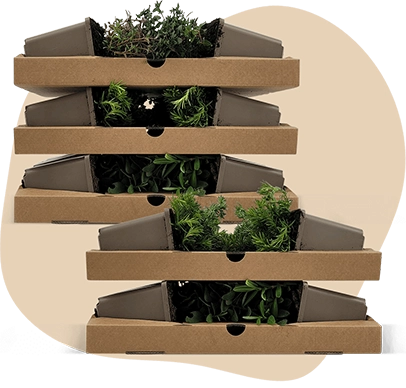Description
Prunus yedoensis | Japanese cherry
The Prunus yedoensis, commonly known as the Japanese cherry, is a beautiful shrub with an upright growth habit. This plant typically reaches a height of about 10 metres and can spread to a similar width. The leaves of the Prunus yedoensis are green, with a smooth texture and a fragrant quality. Unlike some other species, the Japanese cherry is not evergreen, shedding its leaves in winter. It is relatively low-maintenance, making it a good choice for gardeners. Additionally, this plant produces small fruits, adding to its ornamental appeal. The Japanese cherry is a popular choice for solitary planting or as part of a border.
Key Plant Characteristics of Prunus yedoensis
- Prunus yedoensis blooms in April and May, showcasing stunning pink flowers that are fragrant and attract bees and butterflies.
- This plant thrives best in sunny or partially shaded locations for optimal growth.
- It is adaptable to all soil types, provided the soil is well-drained to ensure healthy development.
- The bark of Prunus yedoensis is smooth with a greyish hue, complementing its upright growth habit.
For those looking to enhance their garden with beautiful
garden plants, Prunus yedoensis is an excellent choice.
Application of the Prunus yedoensis in the Garden
- The Prunus yedoensis is perfect for use as a solitary plant, in borders, or as edge planting. Its upright growth habit makes it ideal for creating a focal point in any garden.
- This plant is winter hardy, thriving in temperatures as low as -26.1°C, making it suitable for various climates.
- Prunus yedoensis can be easily combined with other shrubs and perennials, especially those that enjoy similar sun and soil conditions.
- The most striking feature of the Prunus yedoensis is its stunning white blossom in spring, which attracts pollinators and adds a touch of elegance to any garden.



























